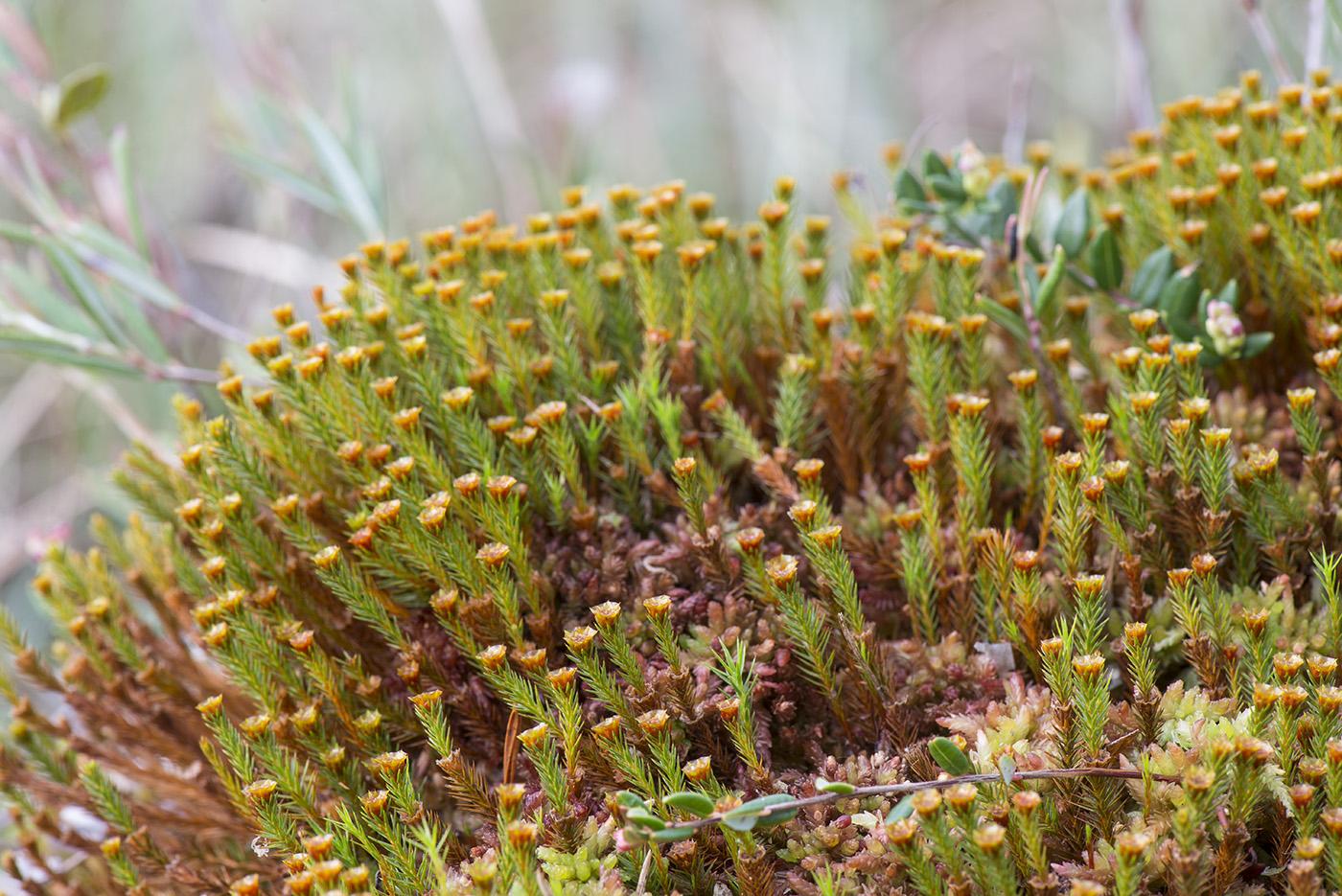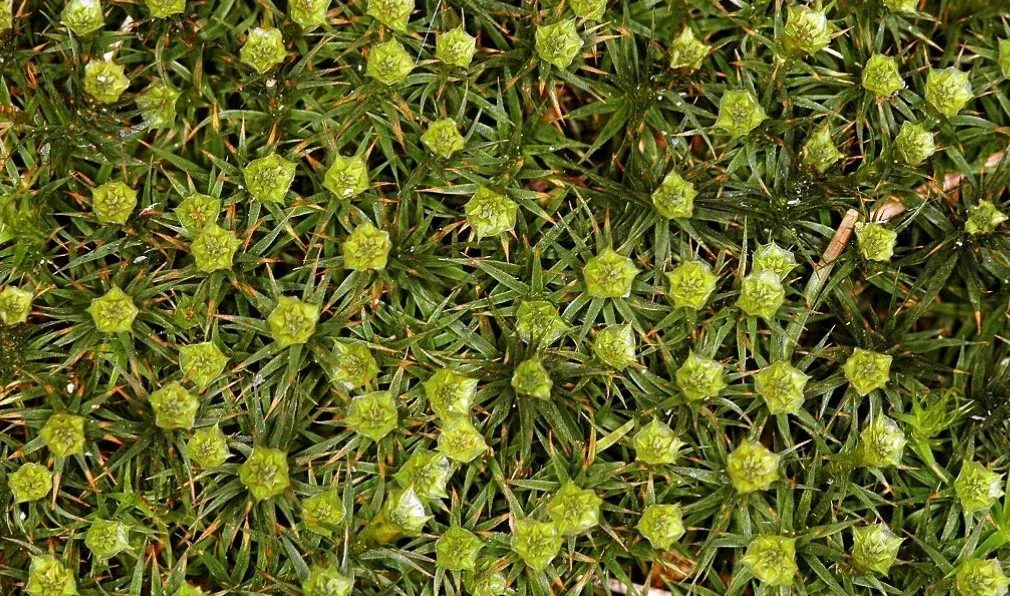
913.39361.jpg from: https://eol.org/pages/923292/media
Introduction
In the vast and captivating world of bryophytes, the Polytrichum strictum Menzies ex Brid. moss stands out as a remarkable species. Belonging to the

425759_10f2ac4e.jpg from: https://www.plantarium.ru/page/image/id/425759.html
Polytrichaceae family, this moss is commonly referred to as Polytrichum. Its unique characteristics and ecological significance make it a fascinating subject for enthusiasts and nature lovers alike.
Background
Bryophytes, often referred to as the “ancient lineage of land plants,” are a diverse group of non-vascular plants that include mosses, liverworts, and hornworts. These resilient organisms have played a crucial role in the colonization of terrestrial environments and continue to thrive in various habitats worldwide.
Main Content
Morphology and Identification
The Polytrichum strictum

Polytrichum-strictum-Longbridge-15.4.02_v1.4.02.jpg from: https://www.britishbryologicalsociety.org.uk/learning/species-finder/polytrichum-strictum/
moss is a striking species with its distinctive features. It forms dense, erect tufts or cushions, with rigid, unbranched stems that can reach heights of up to 20 centimeters. The leaves are narrow, lance-shaped, and arranged spirally around the stem, creating a distinctive appearance.

close-up-view-of-haircap-moss-polytrichum-strictum-taken-in-the-highlands-of-scotland-uk-2A7KMH8.jpg from: https://www.alamy.com/close-up-view-of-haircap-moss-polytrichum-strictum-taken-in-the-highlands-of-scotland-uk-image331732836.html
One of the most remarkable characteristics of this moss is the presence of a hair-like structure called the awn at the tip of each leaf. These awns are often reddish-brown in color and can be quite long, adding to the moss’s unique appearance.
Global Distribution and Habitat
Polytrichum strictum is widely distributed across various regions of the world, including North America, Europe, Asia, and parts of South America. It thrives in a variety of habitats, such as forests, meadows

polytrichum-strictum-bog-haircap-moss-or-an-evergreen-grass-nature-background-pattern-closeup-2K9M74B.jpg from: https://www.alamy.com/polytrichum-strictum-bog-haircap-moss-or-an-evergreen-grass-nature-background-pattern-closeup-image487866859.html
, bogs, and disturbed areas, showcasing its adaptability and resilience.
This moss prefers acidic, well-drained soils and is often found growing in dense mats or cushions on the ground, logs, or rocks. Its ability to colonize disturbed areas makes it an important pioneer species, playing a vital role in soil formation and ecosystem recovery.
Ecological Roles and Adaptations

medium.jpeg from: https://www.inaturalist.org/taxa/133206-Polytrichum-strictum
Polytrichum strictum plays a significant ecological role in its respective habitats. As a bryophyte, it contributes to the retention of moisture and the regulation of soil temperature, creating favorable conditions for other plant species to thrive.
Additionally, this moss serves as a valuable habitat and food source for various invertebrates, such as insects and microorganisms, further contributing to the biodiversity of its ecosystem.
One of the remarkable adaptations of Polytrichum strictum is its ability to reproduce both sexually and asexually. The presence of specialized structures called gemmae cups allows for the production and dispersal of asexual reproductive units called gemmae, ensuring efficient propagation and colonization of new areas.
Case Studies/Examples
In a study conducted in the Pacific Northwest region of North America, researchers found that Polytrichum strictum played a crucial role in the recovery of disturbed forest ecosystems. Its ability to rapidly colonize and stabilize soil surfaces facilitated the establishment of other plant species, contributing to the overall restoration of the ecosystem.
Technical Table

hummock-haircap-polytrichum-strictum-moss-in-moor-schleswig-holstein-H84R2M.jpg from: https://www.alamy.com/stock-photo-hummock-haircap-polytrichum-strictum-moss-in-moor-schleswig-holstein-125495740.html

il_fullxfull.3684310995_l7rd.jpg from: https://www.thebryophytanursery.com/listing/1170629689/terrarium-moss-polytrichum-strictum
312 from: https://biodiversite.cevennes-parcnational.fr/espece/3879
| Characteristic | Description |
|---|---|
| Scientific Name | Polytrichum strictum Menzies ex Brid. |
| Family | Polytrichaceae |
| Common Name | Polytrichum |
| Growth Form | Dense tufts or cushions |
| Stem Height | Up to 20 cm |
| Leaf Shape | Narrow, lance-shaped |
| Leaf Feature | Hair-like awn at the tip |
| Habitat | Forests, meadows, bogs, disturbed areas |
| Soil Preference | Acidic, well-drained |
| Reproduction | Sexual and asexual (gemmae) |
| Ecological Role | Moisture retention, soil formation, habitat provision |
Conclusion
The Polytrichum strictum Menzies ex Brid. moss, commonly known as Polytrichum, is a remarkable species that showcases the diversity and resilience of bryophytes. Its unique morphological features, global distribution, and ecological roles make it a fascinating subject for enthusiasts and researchers alike. As we continue to explore and appreciate the intricate world of mosses, the Polytrichum strictum serves as a reminder of the incredible adaptations and contributions of these ancient lineages to our planet’s ecosystems.

il_fullxfull.3636703594_o77r.jpg from: https://www.thebryophytanursery.com/listing/1170629689/terrarium-moss-polytrichum-strictum-with
Ponder this: How might the study and conservation of species like Polytrichum strictum contribute to our understanding of ecosystem resilience and restoration in the face of environmental challenges?